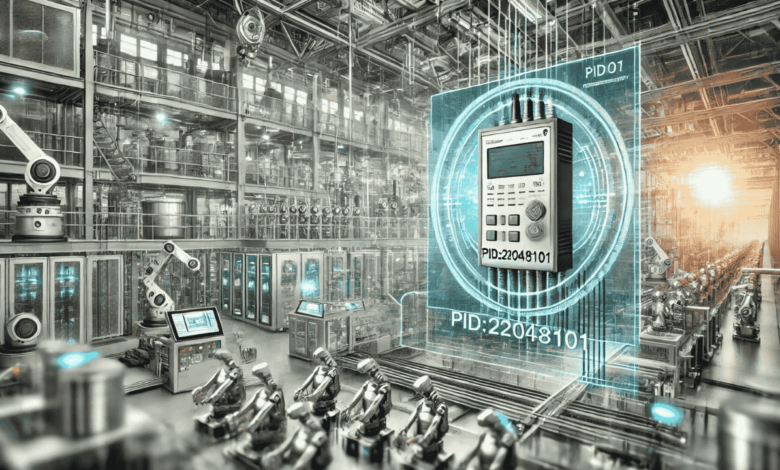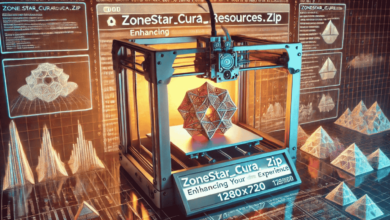pid:22048101: The Key to Advanced Control Systems in Diverse Industries

The rapid evolution of industrial automation has been pivotal in enhancing the efficiency and productivity of various sectors ranging from manufacturing to healthcare. Central to this transformation is the integration of advanced control systems such as the pid:22048101, a Proportional-Integral-Derivative (PID) controller, renowned for its precision and adaptability across diverse industrial applications.
Understanding the Role of pid:22048101 in Industrial Automation
PID controllers, particularly models like pid:22048101, are instrumental in maintaining process variables such as temperature, pressure, flow, and speed within desired thresholds, ensuring optimal performance of industrial systems. The ability of pid:22048101 to adjust control efforts based on historical, current, and predicted error values makes it indispensable for applications requiring high accuracy and minimal delay.
The functionality of pid:22048101 extends across several industries:
- Manufacturing: Ensures consistent product quality by regulating machine operations.
- Automotive: Maintains stability in systems such as fuel injection and braking.
- Aerospace: Controls environmental conditions within spacecraft and aircraft.
- Pharmaceuticals: Manages precise conditions needed for drug formulation and storage.
Each sector benefits from the pid:22048101’s capability to finely tune complex processes, leading to reduced waste, lower operating costs, and enhanced product quality.
Technological Advancements Enhancing pid:22048101 Efficiency
Recent innovations in technology have significantly bolstered the effectiveness of PID controllers like pid:22048101. Integration with the Internet of Things (IoT) allows these controllers to receive and analyze data from connected devices in real-time, enabling more responsive adjustments. Moreover, advancements in artificial intelligence (AI) are being leveraged to predict system disturbances before they occur, allowing pid:22048101 to preemptively correct course, thus avoiding potential inefficiencies or errors.
The Future of Industrial Control: Trends Impacting pid:22048101
Looking forward, the trajectory for pid:22048101 is set to incorporate even more sophisticated technologies:
- Machine Learning: Algorithms will further refine the predictive capabilities of pid:22048101, enhancing its responsiveness to dynamic environmental variables.
- Cloud Computing: Provides scalable resources for data analysis, improving the PID controller’s adaptability and integration capabilities.
- Blockchain Technology: Could offer new layers of security and traceability for interconnected systems controlled by PID devices like pid:22048101.
These trends not only promise to improve the operational capabilities of pid:22048101 but also align with broader industrial objectives like sustainability and efficiency.
Challenges and Best Practices in Implementing pid:22048101
While the benefits of implementing pid:22048101 are clear, there are challenges that organizations may face:
- Complexity in Configuration: Setting up a PID controller requires precise calibration and tuning to match specific application needs.
- Maintenance Requirements: Regular checks and updates are necessary to ensure the PID controller continues to operate effectively.
- Integration with Existing Systems: Upgrading to advanced controllers like pid:22048101 often requires overhauling existing control infrastructure, which can be resource-intensive.
To mitigate these challenges, organizations should adhere to best practices such as thorough training for personnel, continuous monitoring of system performance, and engaging with experienced vendors for installation and maintenance.
Enhancing Supply Chain Efficiency with pid:22048101
In logistics and distribution, the role of pid:22048101 is increasingly crucial. It allows for the automated regulation of environmental conditions in storage facilities, ensuring that sensitive products are maintained at optimal temperatures and humidity levels. This capability is essential for industries such as food and beverage, pharmaceuticals, and electronics, where environmental conditions directly impact product quality and shelf life.
Real-time Data Analytics and pid:22048101
The integration of real-time data analytics with pid:22048101 enhances supply chain visibility and decision-making. By processing data from sensors and other IoT devices, pid:22048101 can predict potential system failures or bottlenecks and adjust processes proactively to maintain steady flows. This not only supports operational continuity but also provides supply chain managers with insights needed to optimize inventory levels and respond dynamically to market demands.
Leveraging pid:22048101 for Sustainable Operations
Sustainability is a critical concern in modern business operations, and pid:22048101 can play a vital role in promoting environmentally friendly practices. By optimizing energy use and reducing waste, pid:22048101 not only improves efficiency but also helps companies meet their sustainability goals. For instance, precise control of energy-intensive processes can significantly reduce a company’s carbon footprint, aligning with global efforts to combat climate change.
FAQs About pid:22048101
- What is a pid:22048101?
- pid:22048101 refers to a specific model of a PID controller used in industrial automation to regulate various process variables.
- How does pid:22048101 improve industrial processes?
- By providing precise control over variables like temperature and pressure, it ensures processes operate within desired parameters, enhancing efficiency and product quality.
- Can pid:22048101 be integrated with other technologies?
- Yes, it can be integrated with IoT, AI, and cloud computing to enhance its data processing and response capabilities.
- What industries benefit most from using pid:22048101?
- Industries such as manufacturing, automotive, aerospace, and pharmaceuticals benefit greatly due to the need for precise process controls.
- What are the challenges associated with using pid:22048101?
- Challenges include complexity in setup, ongoing maintenance needs, and ensuring compatibility with existing systems.



